Read the full story on Modern Car Collector
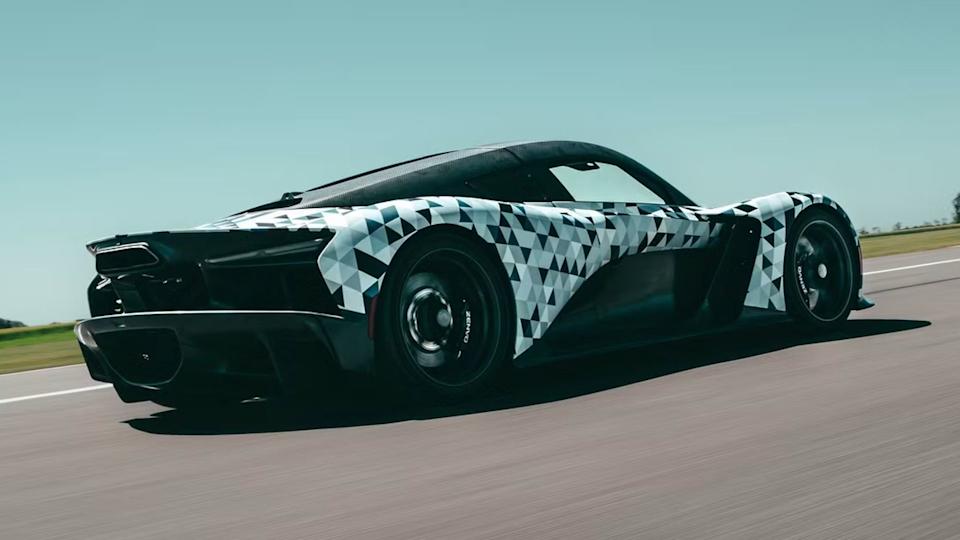
Zenvo Automotive’s latest hypercar, the Aurora, has officially completed its dynamic debut at the Goodwood Festival of Speed, marking a major milestone for the Danish manufacturer. With 1,850 horsepower and a top speed of 280 mph, the Aurora is positioned as one of the most extreme production cars ever conceived — and it's just the beginning.
Developed entirely from scratch, the Aurora represents what Zenvo calls its “blank sheet hypercar.” Every component is new, built on a ZM1 modular carbon monocoque chassis designed in collaboration with Managing Composites. Two variants are planned: the aggressive, track-focused Aurora Agil and the grand touring-inspired Aurora Tur.
At the heart of both models lies a bespoke 6.6-liter quad-turbo V12 developed with Mahle Powertrain. The internal-combustion engine produces 1,250 horsepower alone and revs to a remarkable 9,800 rpm. It’s paired with a triple electric motor setup that adds 600 horsepower, bringing the total output to 1,850 hp and 1,106 lb-ft of torque. All of that power is delivered through a 7-speed hybridized transmission.
Following its Goodwood appearance, the Aurora prototype is back in Denmark undergoing further development. It will make its next major appearance at Monterey Car Week in California, where public viewing and U.S.-based testing will begin.
In a surprise announcement, Zenvo also confirmed plans for a second, smaller hypercar. Dubbed internally as a "junior hypercar," it will feature a naturally aspirated V10 engine producing around 800 horsepower. Unlike its hybrid sibling, this model will likely forgo electrification to appeal to purist drivers seeking high-revving performance without added complexity.
Production of the Aurora is expected to begin in 2026, with the V10 model to follow. Zenvo says it has no interest in building anything other than hypercars, firmly distinguishing itself from Scandinavian rival Koenigsegg’s broader ambitions.
As the Aurora’s development accelerates, Zenvo is doubling down on performance and exclusivity—staking its future on combustion-powered engineering in an increasingly electrified world.

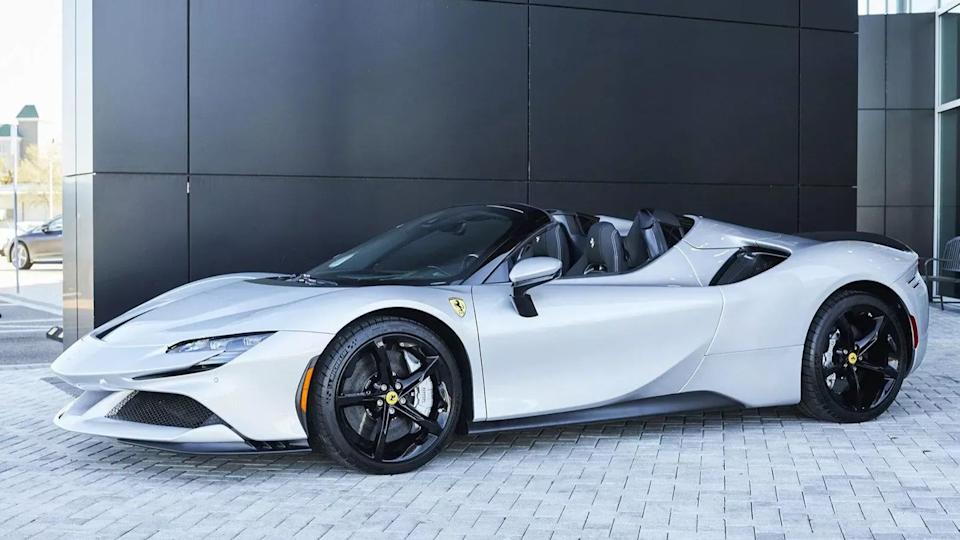

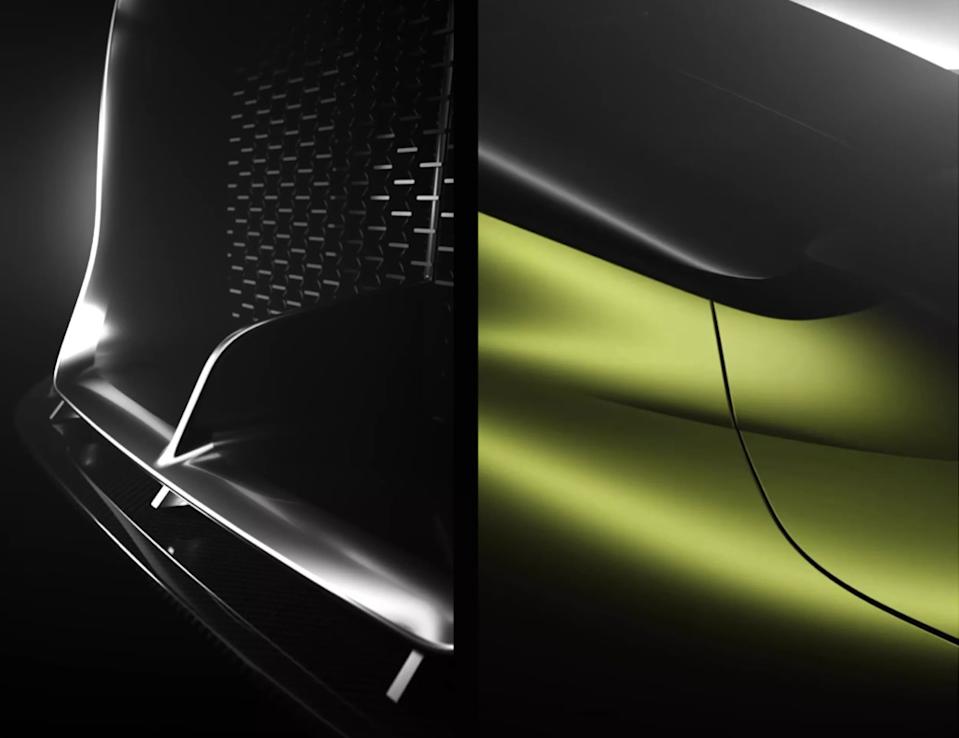
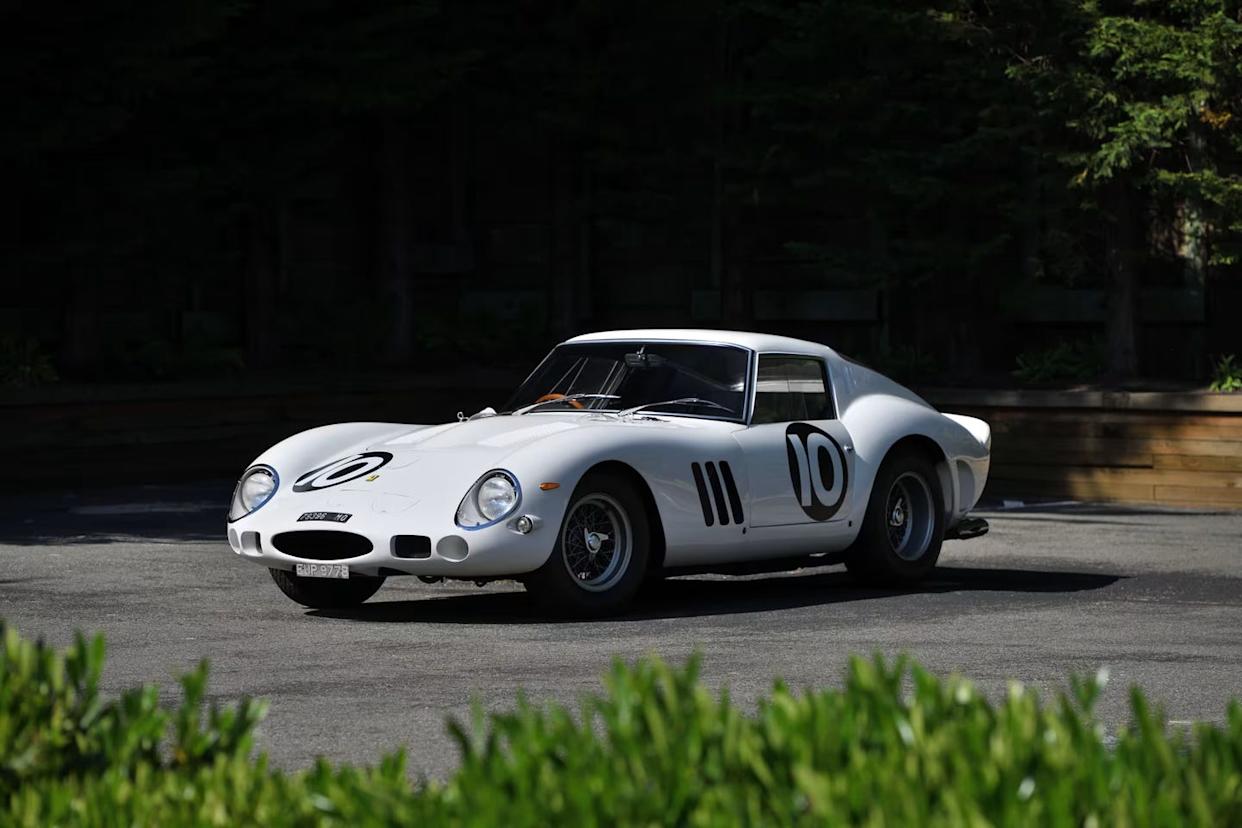

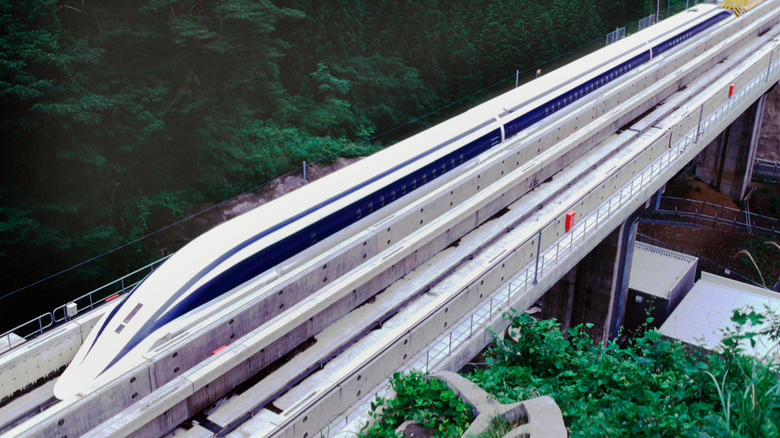
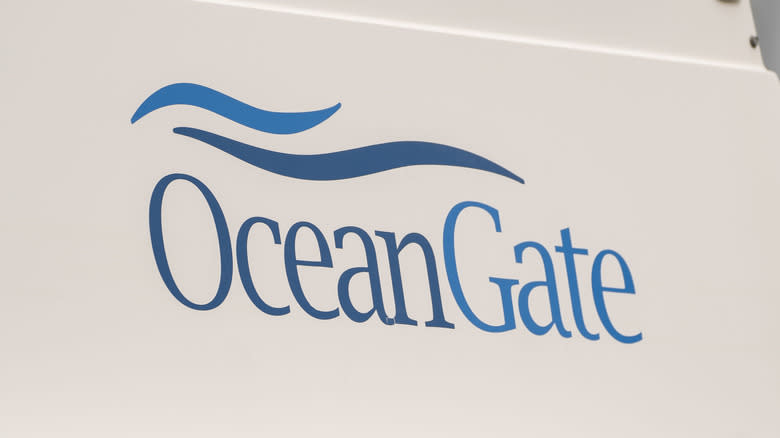
Comments